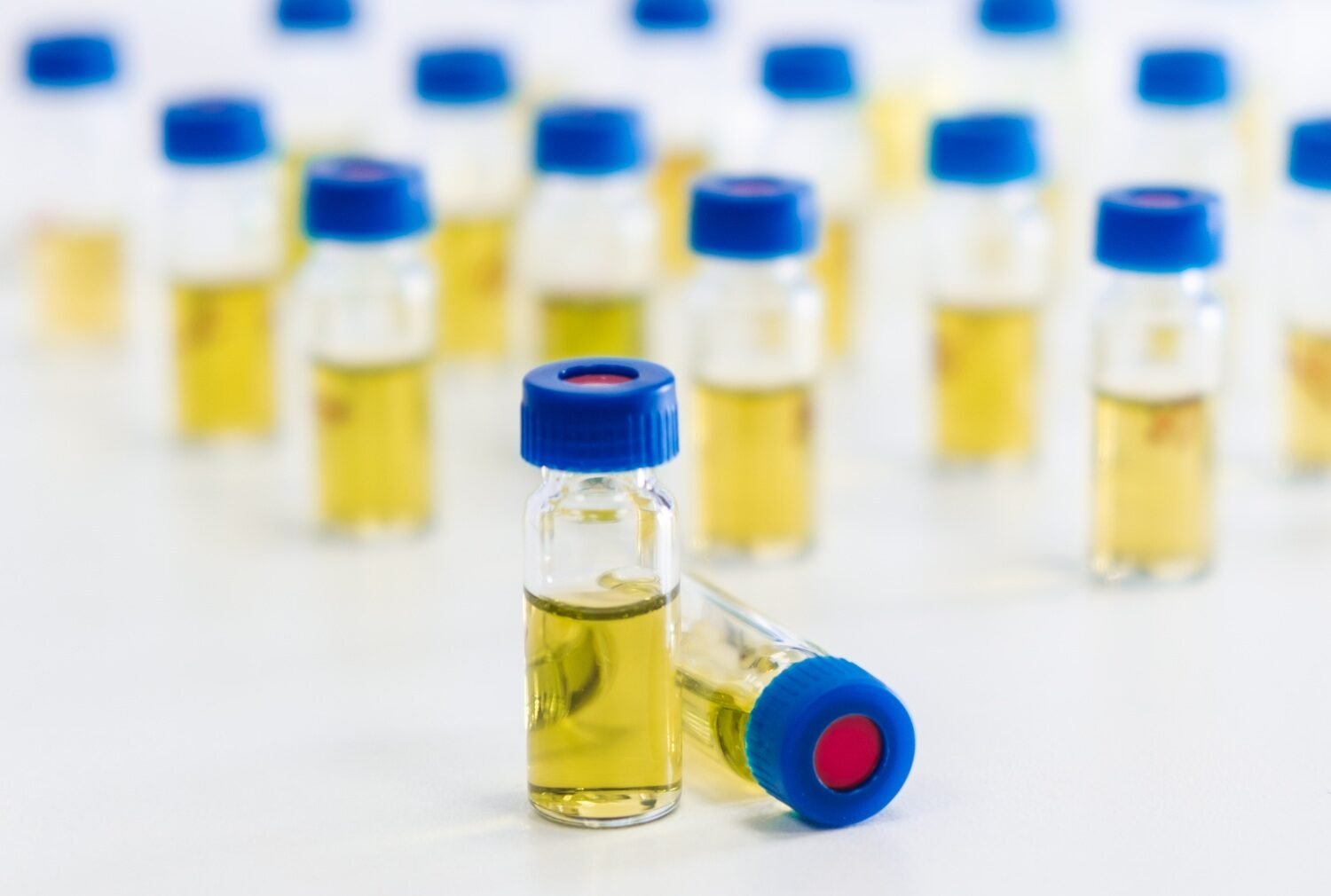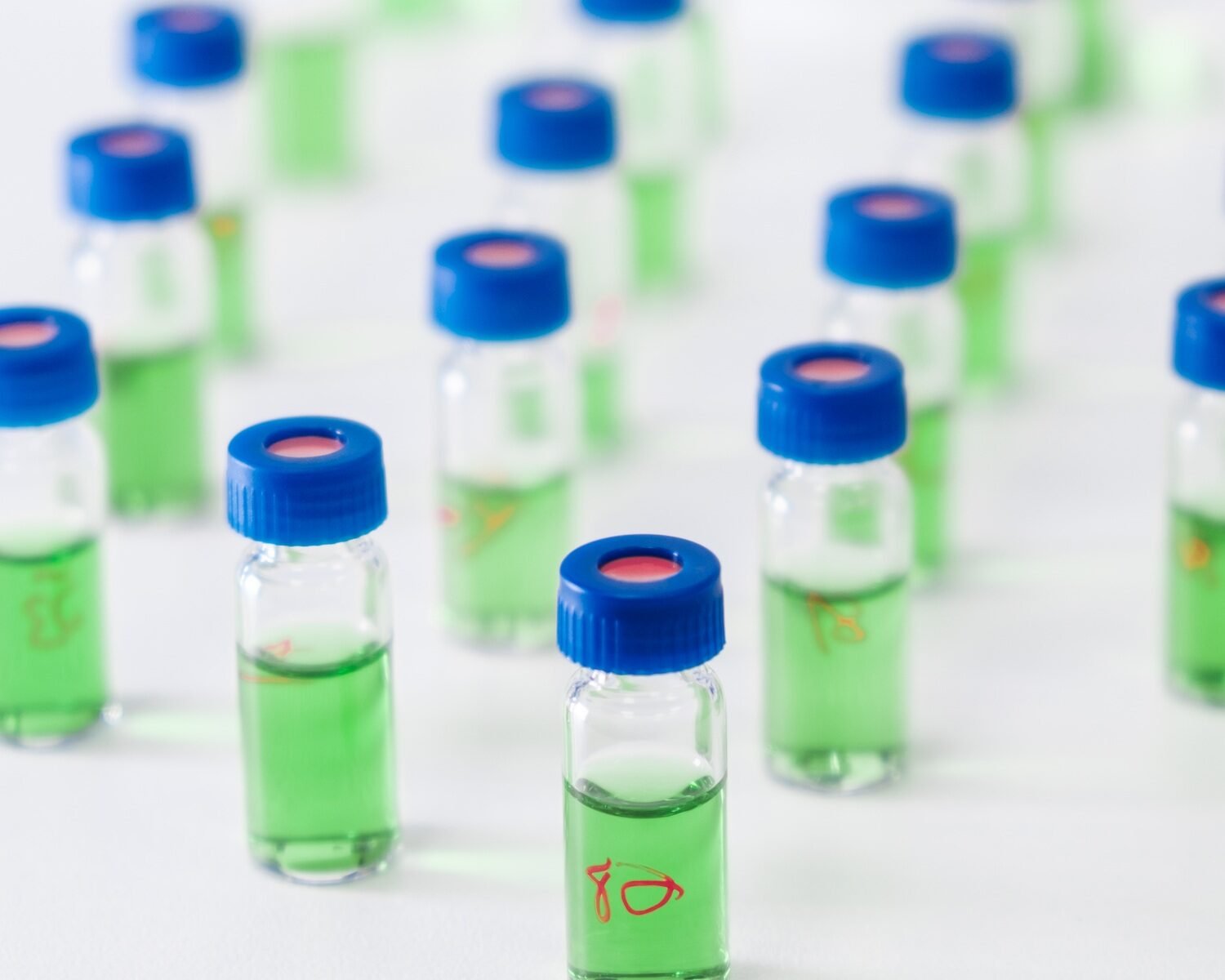
Introduction
Gas Chromatography (GC) is a powerful analytical tool used in various fields, from pharmaceuticals to environmental testing. One of the most crucial aspects of this technique is identifying peaks in the chromatogram. Peaks represent the components in your sample, but if you don’t properly identify them, you could misinterpret your results. So, how do you master the art of identifying peaks in gas chromatography?
What Are Peaks in Gas Chromatography?
In gas chromatography, a peak corresponds to a specific compound in your sample that has been separated by the column and detected by the detector. Each peak on the chromatogram represents a different component, but the key is matching each peak to the correct compound. Easy enough, right? But it’s more complicated than it looks. Let’s dig into what makes it tricky and how you can improve your skills in peak identification.
Peak Retention Time
The retention time is the amount of time a compound takes to travel through the column to the detector. Each compound has a specific retention time, and by comparing this to known standards, you can begin to identify the peaks in your chromatogram.
Does that sound simple? Well, in practice, you might find overlapping peaks or shifts in retention time due to column wear, temperature changes, or differences in sample preparation. So how do you account for these variables?
The Role of Calibration Standards
A calibration standard is a sample that contains a known mixture of compounds with established retention times. By running a standard before analyzing your unknown samples, you create a reference to compare your chromatogram.
This is one of the best ways to ensure accuracy, but what happens when your peaks don’t line up with the standard? It could be due to subtle differences in conditions or instrument settings, so regular calibration is key to maintaining accuracy.
Strategies for Identifying Peaks
There are several strategies to make sure you’re correctly identifying peaks in gas chromatography. Let’s go through a few of the most effective ones.
Use of Reference Libraries
One of the most common and effective ways to identify peaks is by using a reference library. These libraries contain data on thousands of compounds, including their retention times and mass spectra, allowing you to match your peaks to known substances.
Do you use reference libraries in your work? If so, you know how valuable they can be. But relying solely on libraries can be tricky. Sometimes, two compounds might have very similar retention times or mass spectra, leading to misidentification. In such cases, it’s essential to apply additional techniques like peak deconvolution or mass spectrometry.
Peak Deconvolution
Peak deconvolution is a powerful tool that helps in separating overlapping peaks. In cases where two compounds elute at almost the same time, this technique can distinguish between them based on their distinct characteristics.
It’s like solving a puzzle—deconvolution software breaks down the overlapping peaks into individual components, making identification easier. Have you ever faced overlapping peaks and wondered how to separate them? This technique might just be the solution you need.
Common Pitfalls in Peak Identification
No matter how careful you are, there are always pitfalls to avoid in peak identification. Let’s go over a few of the most common ones.
Column Issues
Columns are at the heart of your gas chromatograph, and any issue with the column will affect your peaks. Contaminated or worn-out columns can cause peak broadening or tailing, which makes it hard to identify the exact retention time. Regular maintenance and proper column selection based on your specific analysis needs can help prevent these issues.
Baseline Drift
Baseline drift is another challenge. Ideally, your chromatogram should have a stable baseline, but sometimes, factors like temperature fluctuations or changes in carrier gas flow can cause the baseline to shift. A drifting baseline makes peak identification more difficult, especially for smaller peaks that may get lost in the noise.
Do you ever struggle with baseline drift in your analyses? Keeping a close eye on instrument parameters and troubleshooting early can prevent this from becoming a larger issue.

Best Practices for Reliable Peak Identification
Now that we’ve covered some of the challenges and strategies, let’s go over a few best practices to ensure you’re getting reliable peak identification every time.
Consistent Instrument Maintenance
Regular maintenance of your gas chromatograph is critical. This includes checking and replacing worn-out parts, such as septa, liners, and columns, as well as making sure your carrier gas is free of contaminants. Proper maintenance reduces the likelihood of issues like peak tailing, baseline drift, or incorrect retention times.
Replicate Runs
Running your sample multiple times can help verify your results. If you see the same peaks with the same retention times across multiple runs, you can be more confident in your identification. This is especially helpful when you’re working with unknown samples or when your peaks are close to the detection limit.
Keep Detailed Records
Detailed record-keeping is essential for peak identification. This includes tracking retention times, sample preparation details, and instrument settings for each run. If you encounter an issue, having this information will make troubleshooting much easier.
Conclusion
Identifying peaks in gas chromatography can be both an art and a science. It requires a combination of technical know-how, good practices, and sometimes, a bit of detective work. Whether you’re using calibration standards, reference libraries, or peak deconvolution techniques, the key is to stay consistent and methodical.
Do you have any go-to strategies for peak identification that I didn’t mention? I’d love to hear about them. Feel free to share!
Peak identification is a crucial part of gas chromatography, and with the right approach, you can master it and achieve reliable results. Have you ever encountered challenges with peak identification that stumped you? Let’s keep the conversation going!











